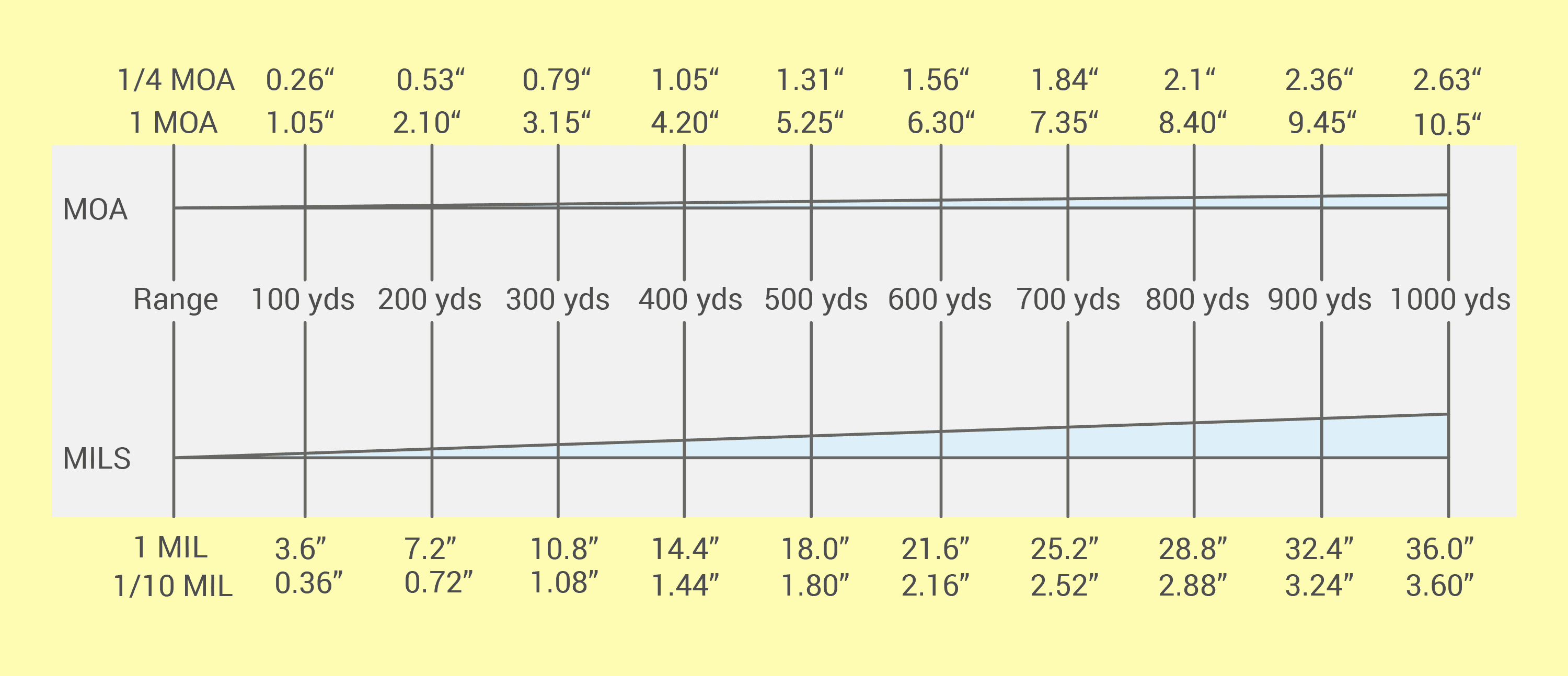Alright so with this information we know your 7 saum is tracking at about 97.7% and the 6.5 is at 97.3%. I am sure you could call Zeiss and ask them but to some companies, this would be in their acceptable range. Before sending the scopes back you should address if this is going to affect you or not. What is going to be your max range? With pulling some numbers off my phone for my 6.5 PRC at 2700 with the 147 eldm I get these numbers
500 yds- 2.7
700 yds- 4.6
1000 yds- 8.3
1200 yds- 11.5
For this, I will use a 97.5% track and these are what you will actually come up
500-2.6-(.1)
700-4.5-(.1)
1000-8.1-(.2)
1200-11.2-(.3)
If we translate this to inches you are going to be
500- 1.8" low
700- 2.5" low
1000- 7.2" low
1200- 12.9" low
Alright so looking at these numbers, you can ask yourself when does it matter. If you hunt, and shoot out to 700 yards then that is probably not a big deal but if you are shooting at 1200 then it is a really big deal! Is this tracking repeatable too or the next time you do a tall target test is it 103% (1/2 inch high).
@COBrad has a scope that tests at like 82% (super old scope). But it is a very repeatable 82% so every time his calculator spits out a number you just do whip your phone out if you have to and get the corrected number. Tracking variance is only an issue if you do not know it is there or if it is not repeatable. If you are aware of it then compensation is super easy!
As far as solutions go, could you zero .1 high so then it cuts your variation at 1000 in half but you are good to go at 700 and in? Is that a better solution for you or are you going to have time to pull your calculator out and do some math? It all comes down to what is going to work best for you in the situations that you are putting yourself in!
Sorry to geek out this hard at 7 in the am but this is what gets me up haha! I love running the numbers for these small factors that can have a huge impact! If you haven't done a tall target test then these numbers should motivate you to do it. I hear a lot of guys talking about how they are comfortable shooting animals at 1000 yards but have no idea of the different compounding variables that go into play at that range! Pretty neat!

